Famous castles around the world then and now
Castles have long captured the human imagination, serving as symbols of power, romance, and mystery. These magnificent structures, often perched on hilltops or nestled in valleys, tell stories of bygone eras. From Europe to Asia, each castle carries its distinct tales, reflecting the culture and history of its surroundings. Today, we embark on a journey through time, exploring some of the world’s most renowned castles that continue to fascinate visitors with their grandeur and lore.
The Enigmatic Allure of Castles
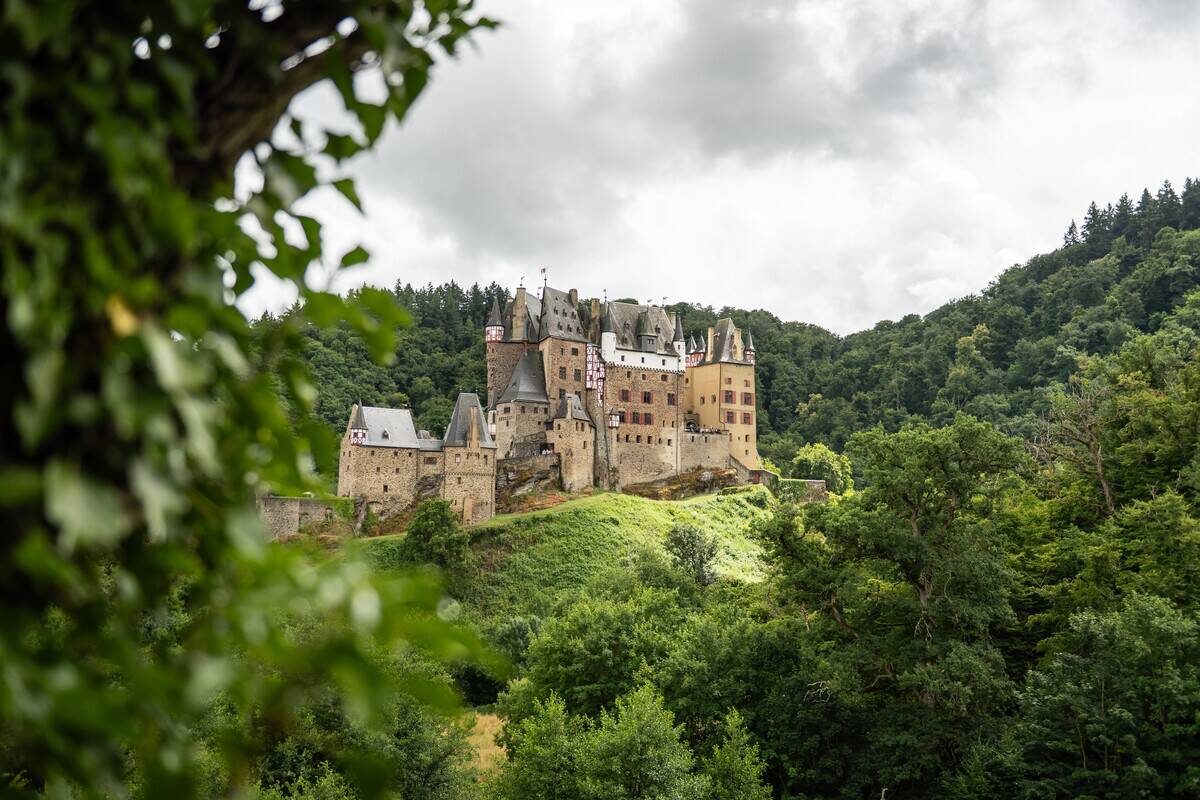
The allure of castles lies in their ability to transport us to another time, where knights, kings, and queens once roamed. They often blend architectural splendor with a mysterious past, making them ideal settings for stories and legends. Beyond their beauty, these structures were meticulously designed for defense and survival, featuring moats, drawbridges, and towering walls. Today, their enigmatic charm continues to draw tourists, historians, and romantics alike, eager to uncover the secrets within their ancient walls.
Windsor Castle: From Medieval Fortress to Modern Residence
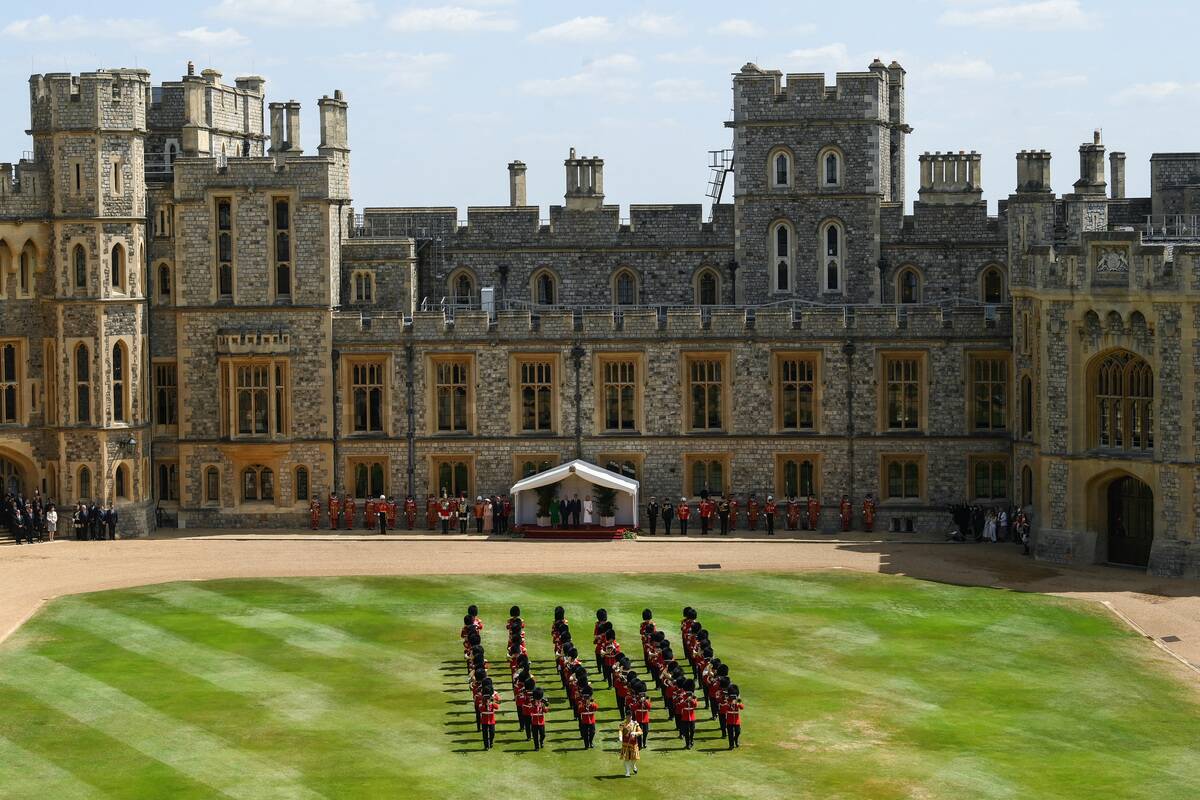
Windsor Castle, the oldest and largest inhabited castle in the world, has been a royal residence for over 900 years. Originally built by William the Conqueror in the 11th century, it has evolved from a strategic defensive fortress into a luxurious royal abode. The castle remains a favored home of the British monarchy, hosting state events and royal ceremonies. Its spectacular St George’s Chapel is a masterpiece of Gothic architecture, adding to the castle’s historical and cultural significance.
Neuschwanstein Castle: The Fairy Tale Inspiration
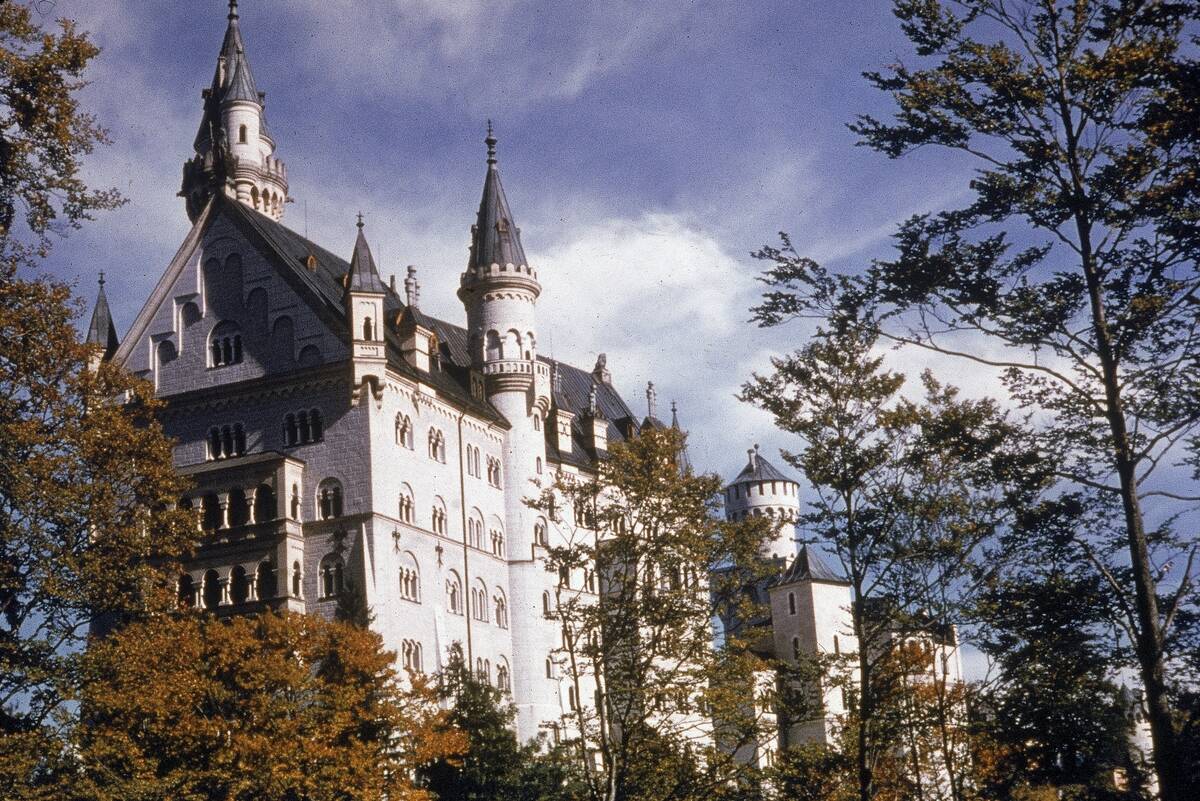
Neuschwanstein Castle, nestled in the Bavarian Alps of Germany, is often referred to as the ‘fairy tale castle.’ Commissioned by King Ludwig II in the 19th century, it was never intended as a defense structure but rather as a retreat and homage to Wagnerian operas. Its whimsical design and stunning location have inspired countless stories and even served as the model for Disney’s Sleeping Beauty Castle. With its turrets and towers, Neuschwanstein remains a symbol of fantasy and romance.
Edinburgh Castle: Scotland’s Historic Icon
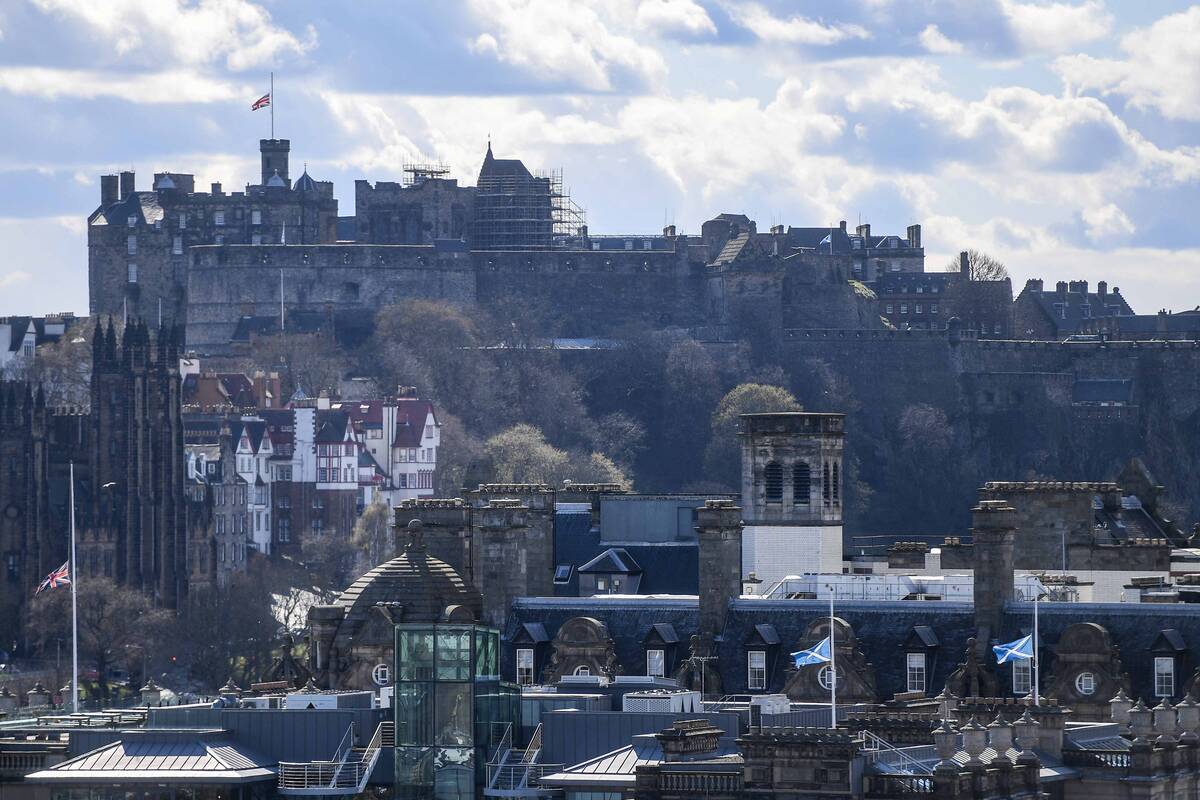
Perched atop Castle Rock, Edinburgh Castle dominates the skyline of Scotland’s capital. This ancient fortress has witnessed many of Scotland’s historical events, including battles and sieges. It houses the Honours of Scotland, the oldest crown jewels in the British Isles, and the Stone of Destiny, used in the coronation of Scottish monarchs. Its strategic location and rich history make it a must-visit for anyone exploring Scotland’s past and its enduring legacy.
The Tower of London: A Storied Past
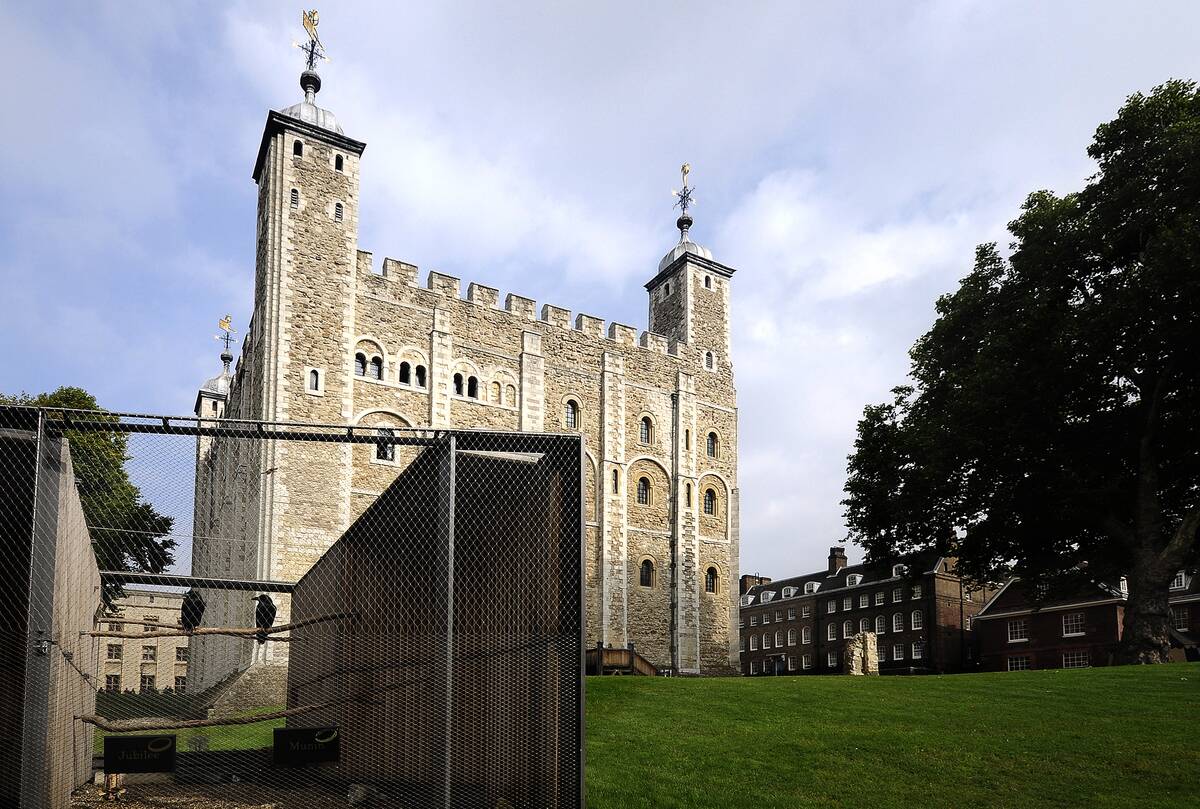
The Tower of London is one of the most famous fortresses in the world, with a history that spans nearly a millennium. Founded by William the Conqueror in 1066, it has served as a royal palace, prison, and treasury. The White Tower, its central keep, is a stunning example of Norman military architecture. Today, the Tower is home to the Crown Jewels and iconic guardians, the Yeomen Warders, who share tales of its intriguing and often grim past with visitors.
Château de Chambord: Renaissance Grandeur in France
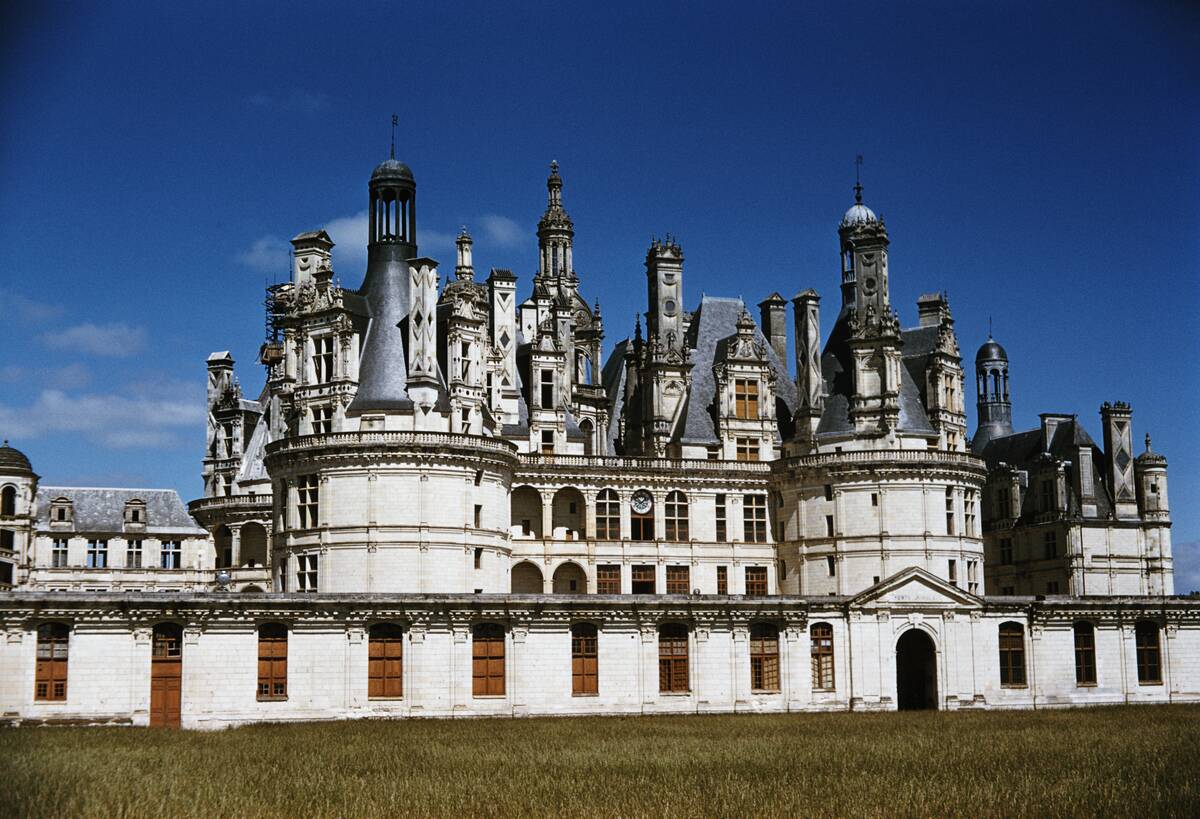
Château de Chambord is a masterpiece of the French Renaissance, located in the Loire Valley. Built by King Francis I in the 16th century, this grand château is renowned for its distinctive French medieval and classical Renaissance architecture. Its double-helix staircase, rumored to be designed by Leonardo da Vinci, is a marvel of engineering. Surrounded by vast gardens and forests, Chambord offers a glimpse into the opulent lifestyle of French royalty and the architectural brilliance of its era.
The Alhambra: Moorish Splendor in Spain
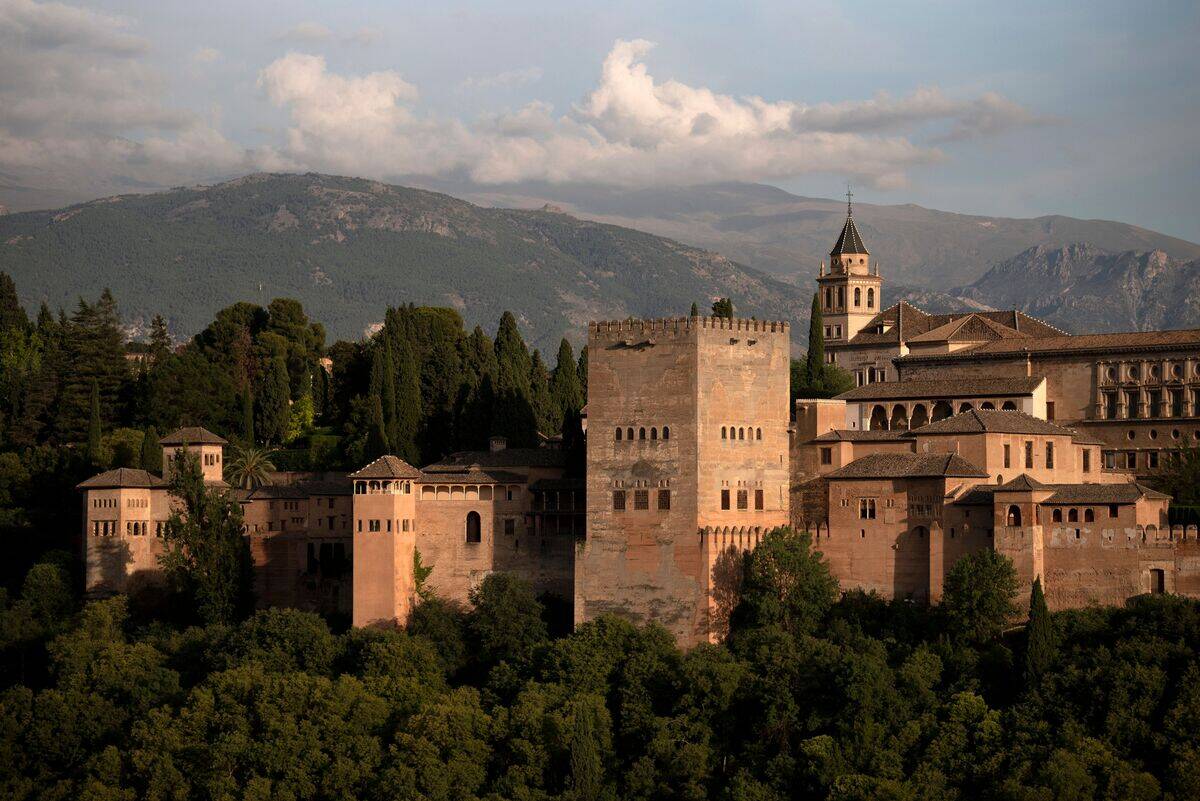
The Alhambra, perched on the Sabika hill in Granada, Spain, is a stunning example of Moorish architecture and design. Originally a small fortress, it was transformed into a magnificent palace complex by the Nasrid dynasty in the 13th century. Its intricate stucco work, serene courtyards, and lush gardens reflect the sophistication and artistry of Islamic culture. The Alhambra’s exquisite beauty and historical significance make it one of Spain’s most visited monuments, attracting millions of visitors each year.
Prague Castle: A Symbol of Czech Heritage
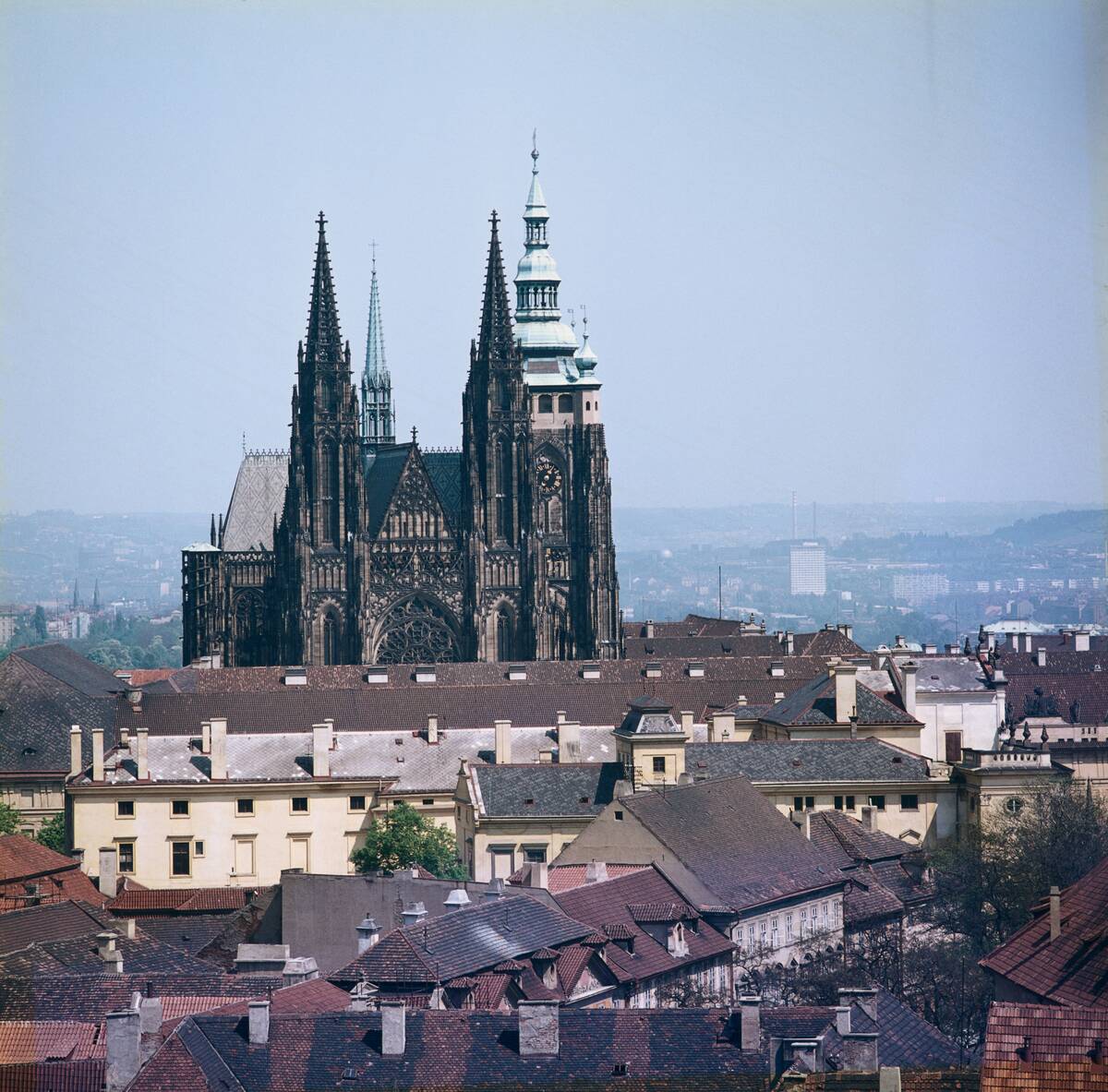
Prague Castle, the largest ancient castle complex in the world, stands as a symbol of Czech heritage and history. Established in the 9th century, it has been the seat of Czech kings, emperors, and presidents. The castle complex includes the Gothic St. Vitus Cathedral, the Old Royal Palace, and charming Golden Lane. Its architectural diversity, spanning Romanesque to modern styles, reflects the rich tapestry of Czech history and culture, making it a captivating destination for visitors.
Himeji Castle: Japan’s White Heron
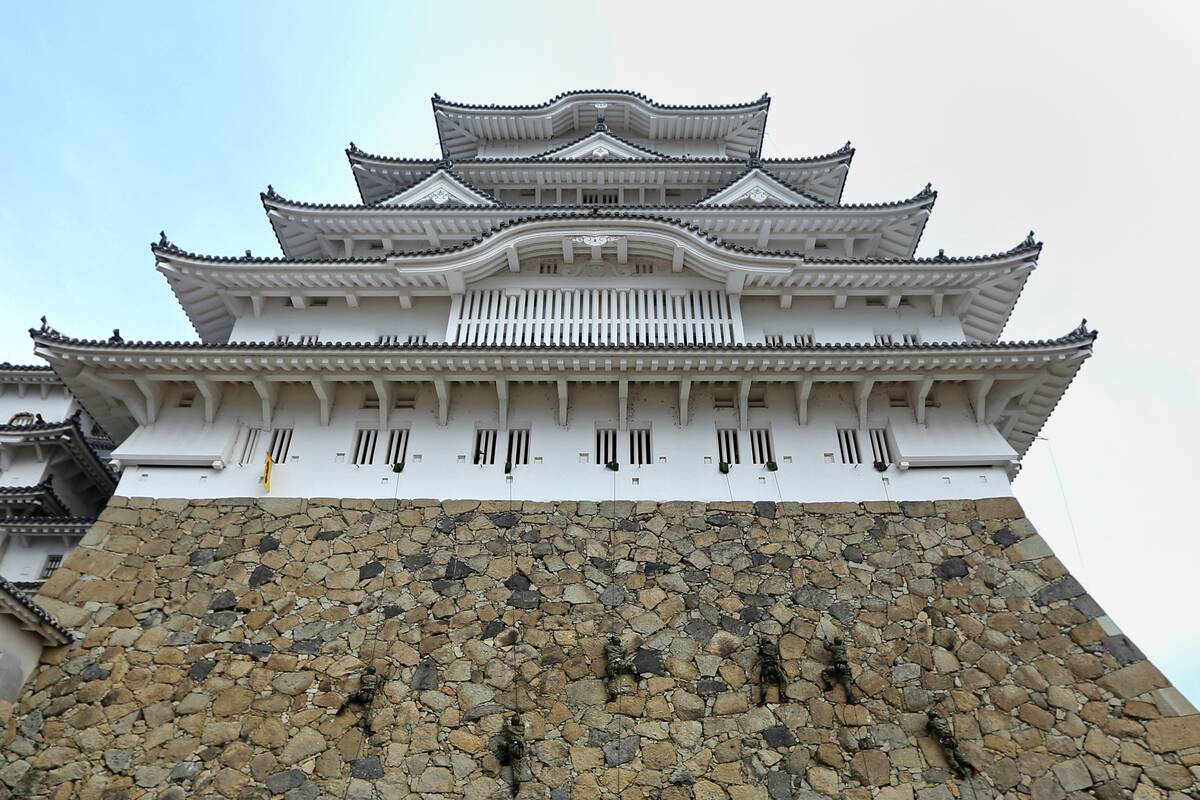
Himeji Castle, often referred to as the ‘White Heron,’ is a stunning example of Japanese castle architecture. Completed in 1609, its elegant white façade resembles a bird taking flight, hence its nickname. Unlike many Japanese castles, Himeji has survived centuries of war and natural disasters, preserving its original structure. Designated a UNESCO World Heritage Site, it is admired for its complex defensive design, including maze-like pathways and strategically placed openings, offering a glimpse into feudal Japan’s ingenuity.
The Kremlin: Russia’s Powerhouse Through the Ages
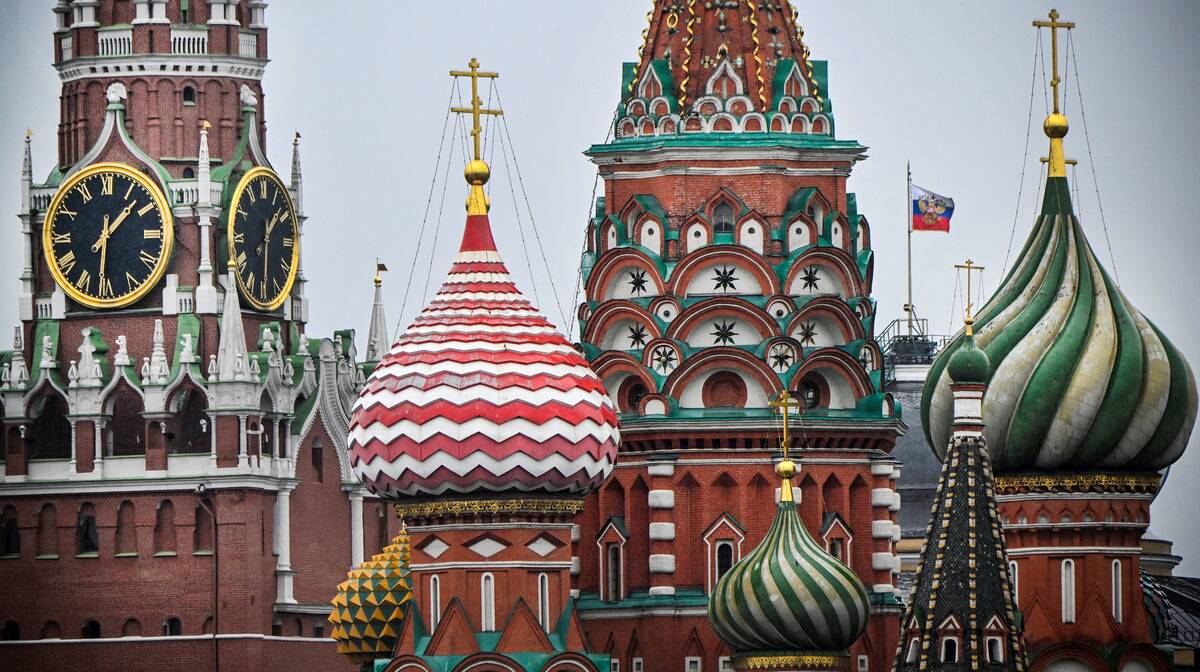
The Kremlin, a fortified complex in the heart of Moscow, has been a symbol of Russian power for centuries. It serves as the official residence of the President of Russia and houses several important government buildings. The Kremlin’s iconic red walls and towers are instantly recognizable, and within its confines lie historic cathedrals and the renowned Grand Kremlin Palace. As a UNESCO World Heritage Site, it reflects Russia’s complex history and its role as a center of political authority.
Mont Saint-Michel: A Tidal Marvel in France
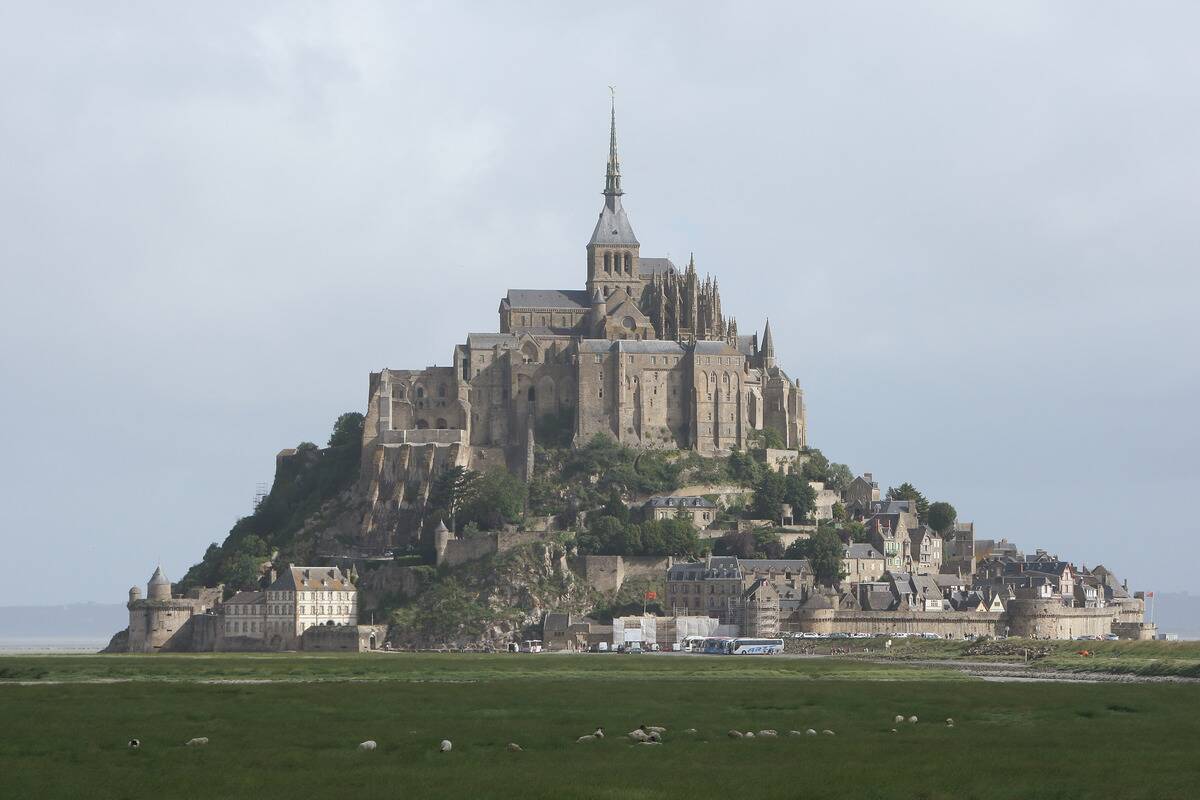
Mont Saint-Michel, perched on a rocky island off the coast of Normandy, is a marvel of medieval architecture and natural beauty. This UNESCO World Heritage Site is famous for its dramatic tides, which can transform it into an island. Founded in the 8th century as a monastery, its stunning Gothic abbey attracts millions of visitors annually. The combination of its picturesque location and historical significance makes Mont Saint-Michel a truly unique destination in France.
Castle Howard: English Baroque Masterpiece
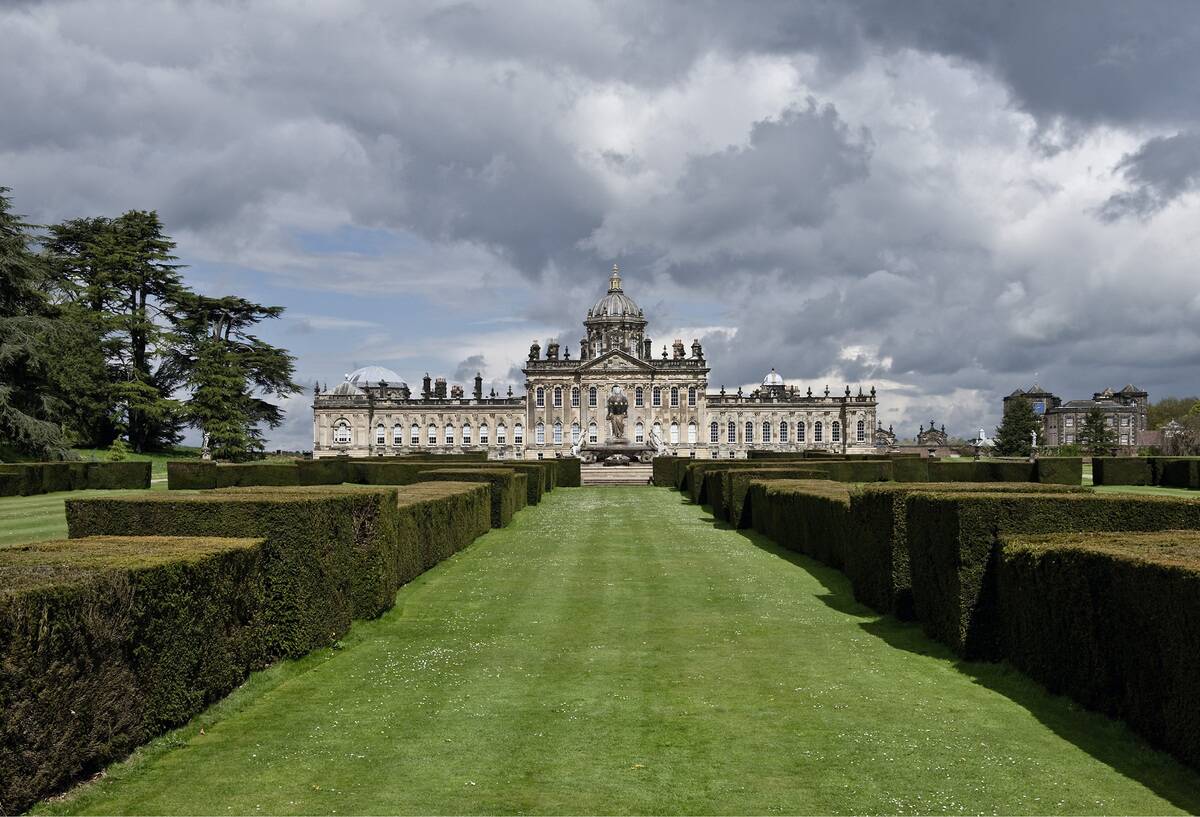
Castle Howard, located in North Yorkshire, England, is a magnificent example of English Baroque architecture. Built in the early 18th century for the Howard family, it is not a fortified castle but a grand country house. Its lavish interiors, extensive art collections, and breathtaking gardens have made it a popular filming location, including for the series ‘Brideshead Revisited.’ Visitors can explore its opulent rooms, scenic grounds, and learn about its role in England’s architectural heritage.
Pena Palace: Portugal’s Romantic Escape
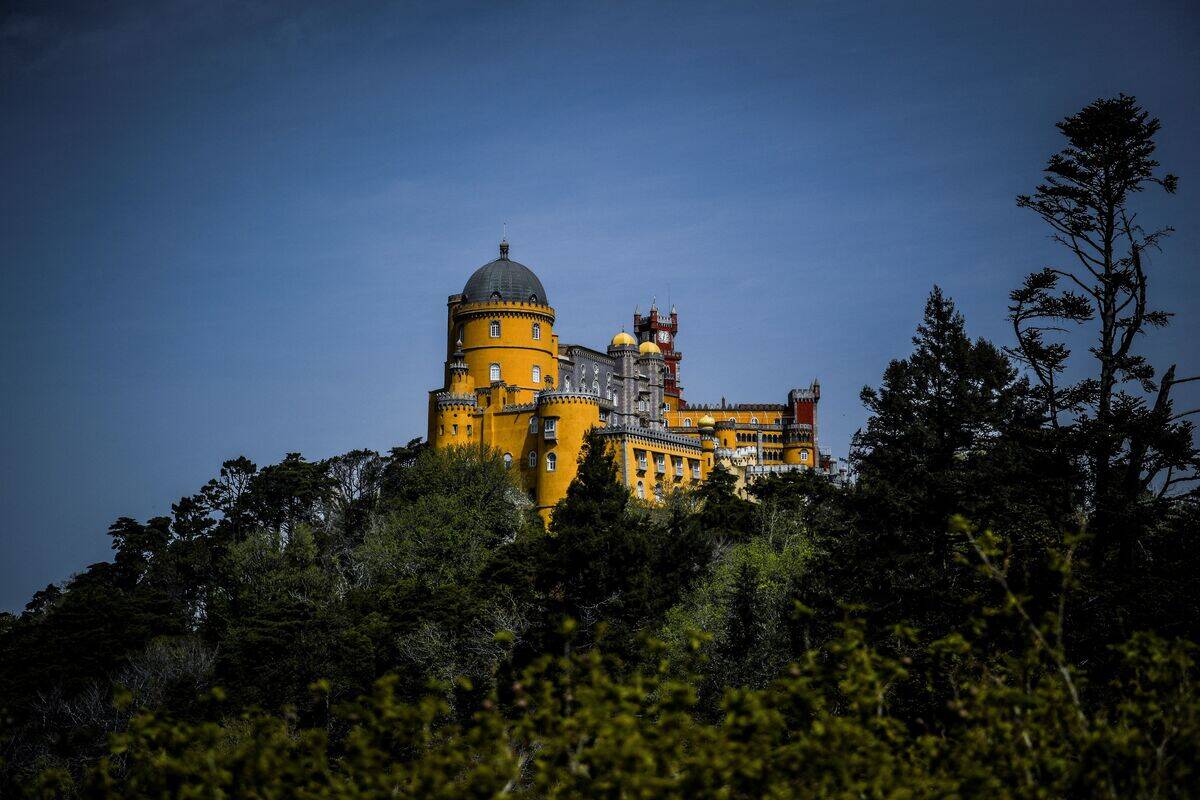
Pena Palace, situated on a hilltop above the town of Sintra, is a vibrant example of 19th-century Romanticism in Portugal. Commissioned by King Ferdinand II, the palace is a spectacular blend of Gothic, Moorish, and Renaissance architectural styles. Its colorful façade and lush surrounding gardens make it a fairy-tale escape. As a UNESCO World Heritage Site, Pena Palace attracts visitors with its whimsical design and stunning views, offering a magical retreat from the hustle and bustle of modern life.
Blarney Castle: Ireland’s Legendary Stone
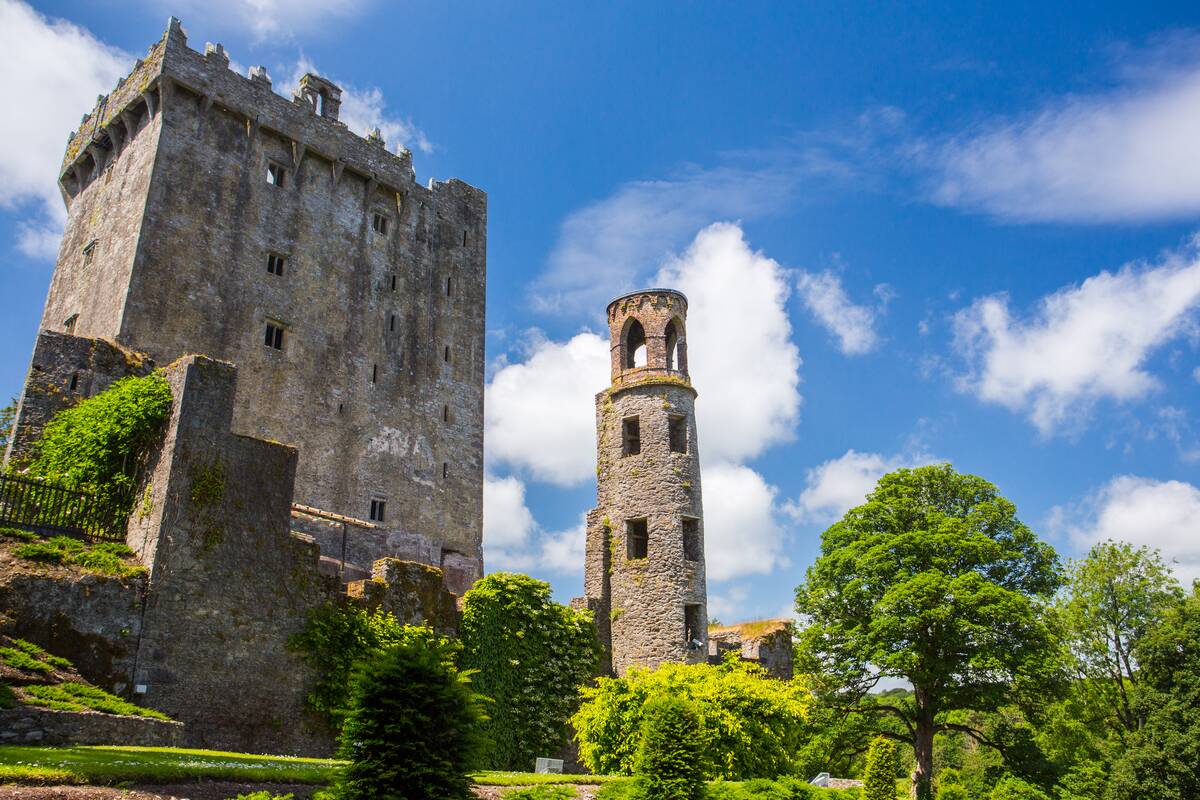
Blarney Castle, located near Cork, Ireland, is best known for the Blarney Stone, a legendary block of limestone. According to folklore, kissing the stone grants the gift of eloquence, also known as the ‘gift of the gab.’ The castle, built nearly 600 years ago by the McCarthy clan, is surrounded by beautiful gardens and mysterious rock formations. Visitors come from around the world to kiss the stone and explore the enchanting grounds, drawn by the blend of history and myth.
Bran Castle: The Mysterious Home of Dracula
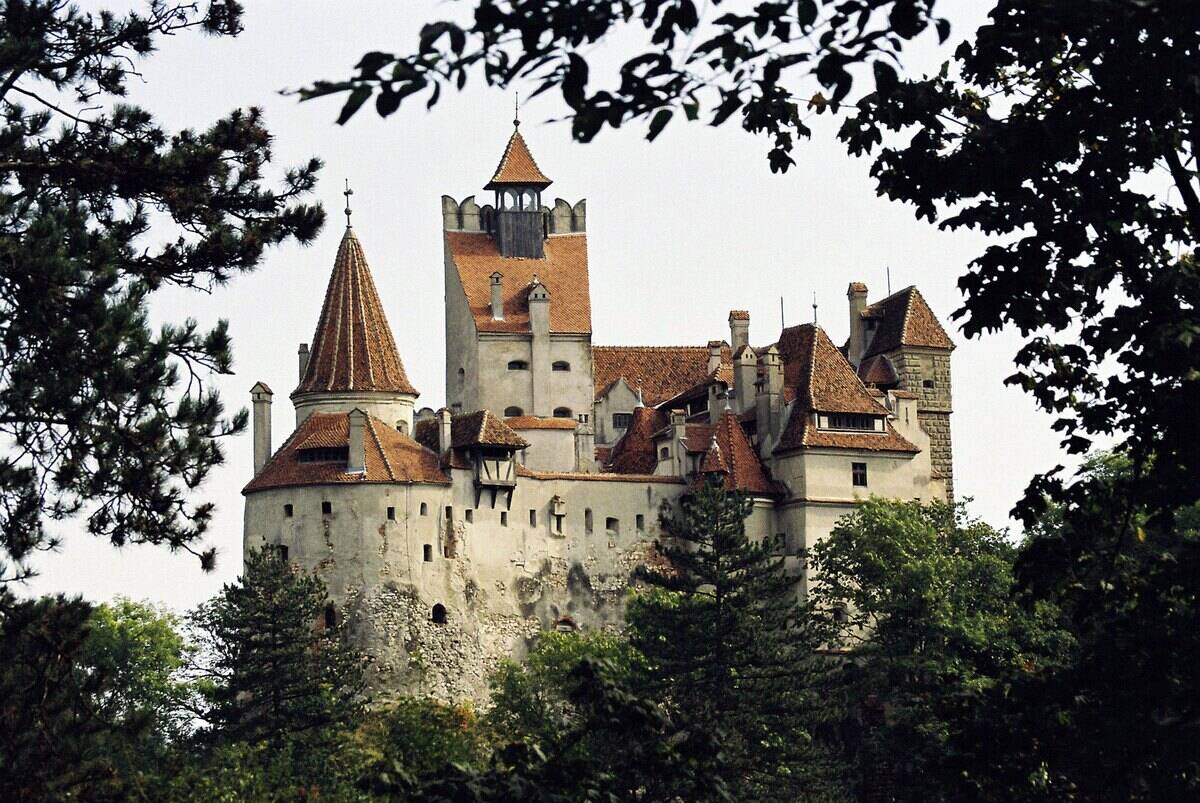
Bran Castle, perched on a hill in Romania, is famously linked to the legend of Dracula. Often referred to as ‘Dracula’s Castle,’ it attracts countless tourists intrigued by its mysterious atmosphere and Gothic architecture. Although there is little evidence to suggest that Vlad the Impaler, the historical Dracula, ever lived there, the castle’s dramatic setting and dark history have fueled its association with the vampire lore. Today, visitors can explore its winding staircases and medieval rooms, steeped in myth and legend.
The Forbidden City: China’s Imperial Palace
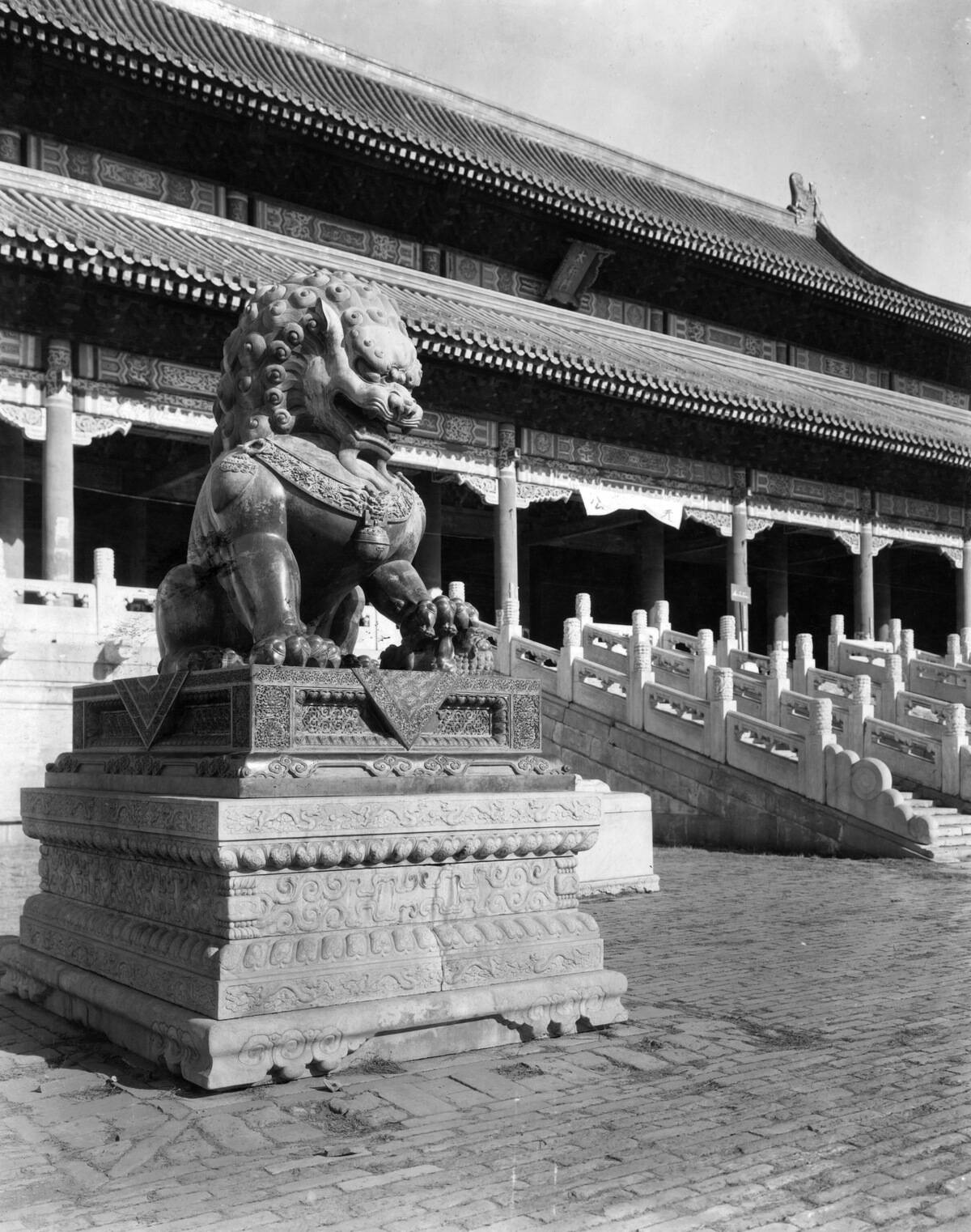
The Forbidden City, located in the heart of Beijing, was the imperial palace of Chinese emperors for nearly five centuries. This vast complex, with its iconic yellow roofs and red walls, epitomizes traditional Chinese palatial architecture. Constructed in the early 15th century, it served as the political and ceremonial center of the Chinese government. Now a UNESCO World Heritage Site, the Forbidden City houses a vast collection of art and artifacts, offering insights into China’s rich imperial history.
Rock of Cashel: Ireland’s Ancient Seat of Kings
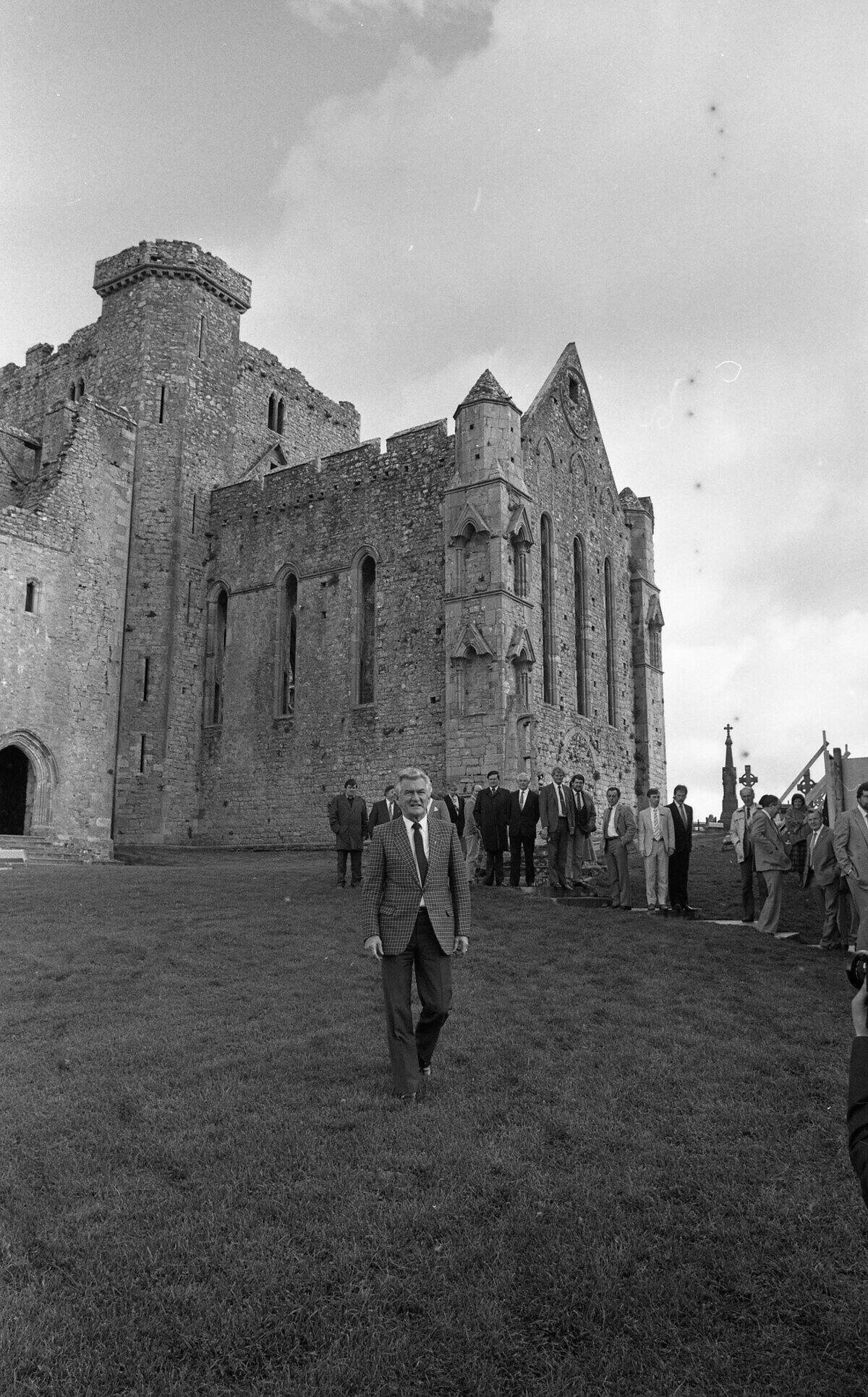
The Rock of Cashel, also known as St. Patrick’s Rock, is one of Ireland’s most iconic historical sites. Perched on a limestone hill in County Tipperary, it was the traditional seat of the kings of Munster before the Norman invasion. The site boasts impressive medieval architecture, including a round tower, Cormac’s Chapel, and a high cross. According to legend, it was here that St. Patrick converted the King of Munster to Christianity, adding to its mythical allure.
Matsumoto Castle: Japan’s Crow Castle
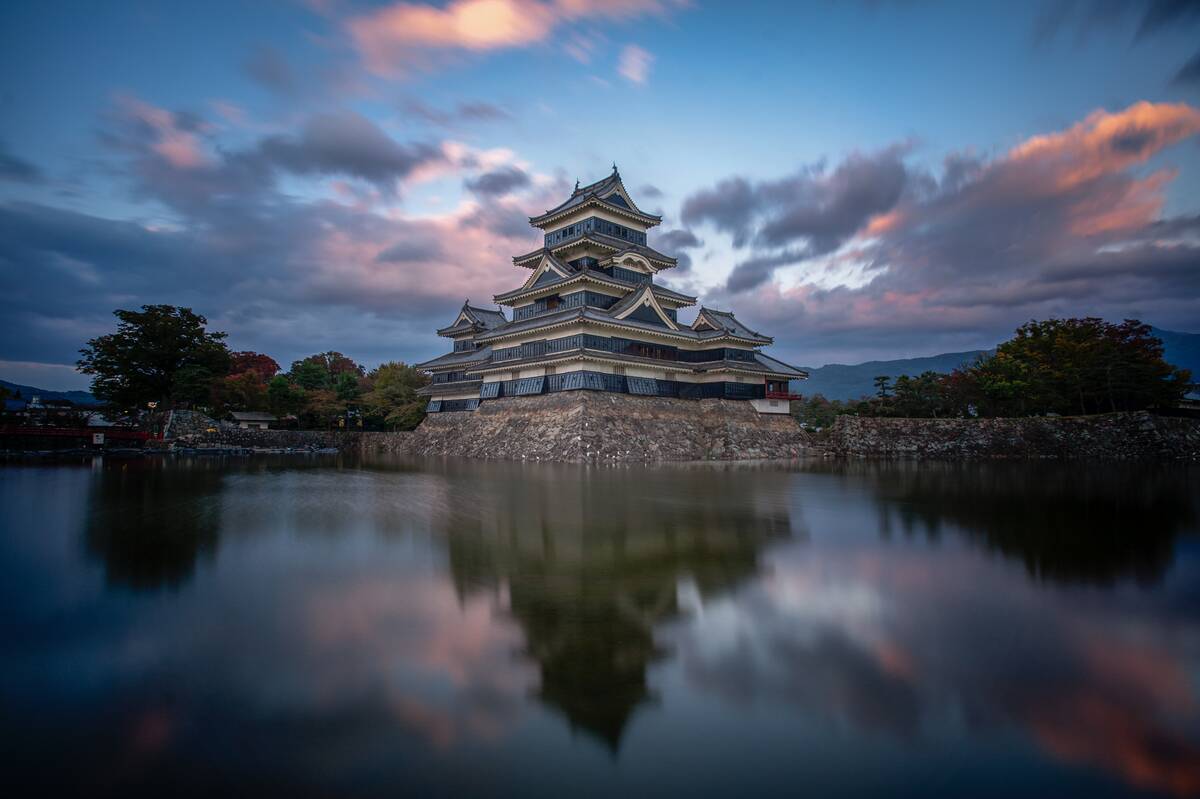
Matsumoto Castle, located in Nagano Prefecture, is one of Japan’s most beautiful and well-preserved castles. Known as ‘Crow Castle’ due to its striking black exterior, it was built in the late 16th century and is a prime example of a ‘hirajiro,’ a castle built on plains rather than a hill or mountain. Its elegant wooden interiors and original wooden keep offer a glimpse into Japan’s feudal past. Surrounded by a moat and cherry blossom trees, it presents a picturesque setting, especially during spring.
Eltz Castle: A Fairytale Fortress in Germany
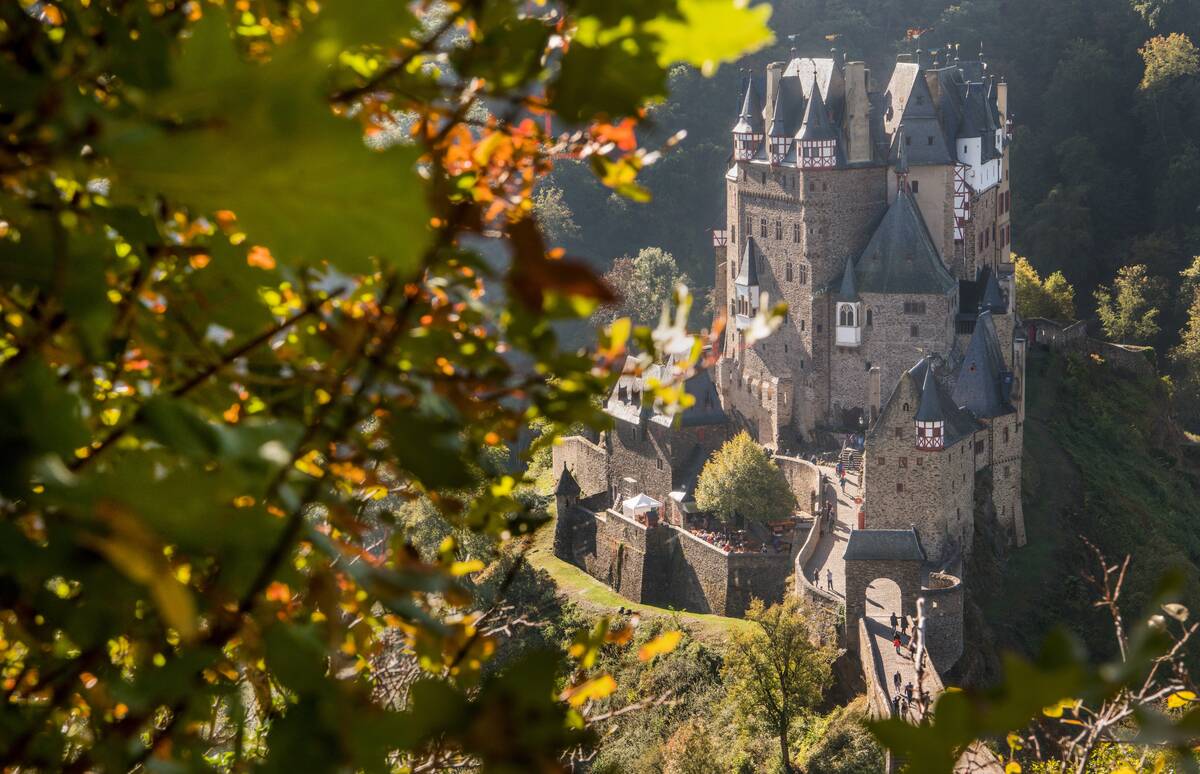
Eltz Castle, nestled in the hills above the Moselle River in Germany, is a true fairytale fortress. Owned by the same family for over 850 years, it stands as a testament to medieval architecture and history. The castle’s turrets, timber-framed structures, and picturesque location make it one of Germany’s most enchanting castles. Visitors can explore its well-preserved rooms, filled with original furnishings and artifacts, and wander the surrounding woodlands, taking in the castle’s timeless beauty and charm.



